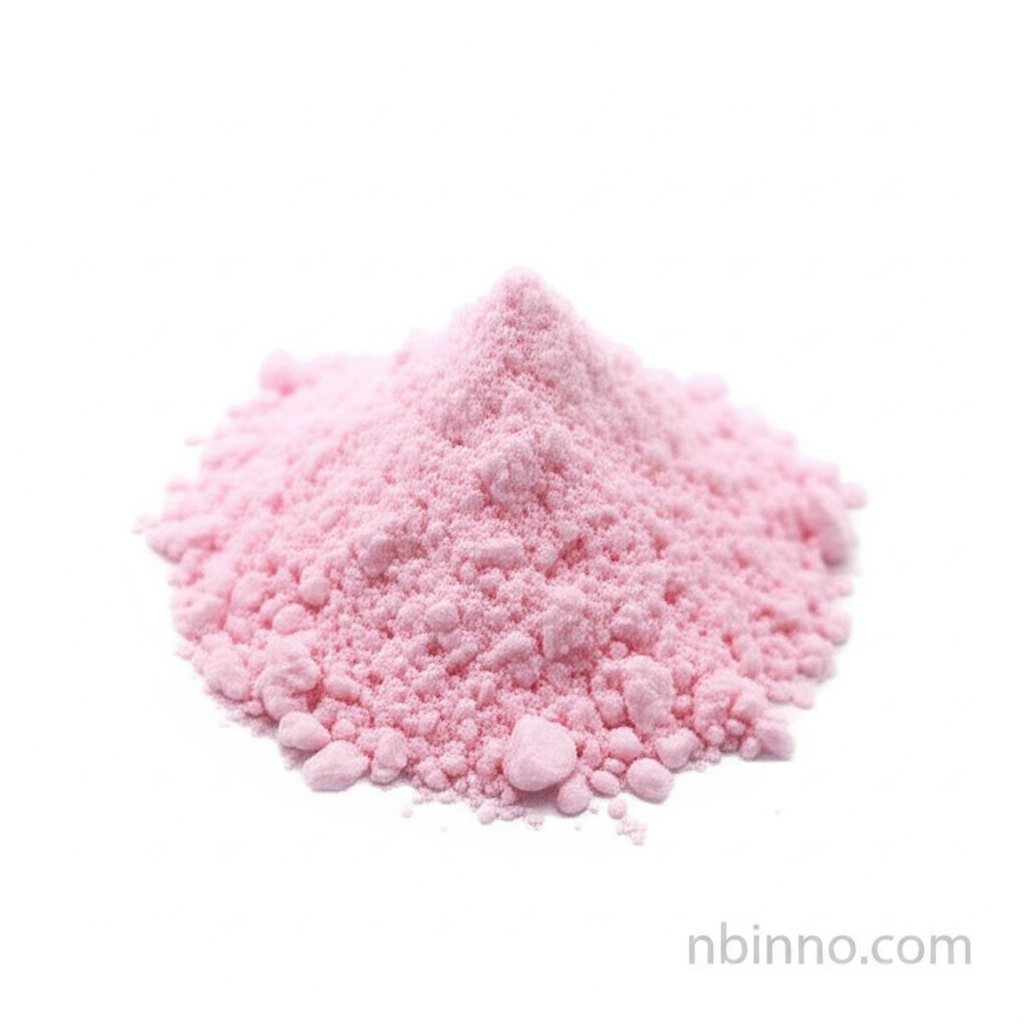4,4'-Dimethoxytrityl Chloride: Precision in Organic Synthesis
Unlock advanced molecular manipulation with a key protective reagent for oligonucleotide and pharmaceutical development.
Get a Quote & SampleProduct Core Value

4,4'-Dimethoxytrityl chloride
4,4'-Dimethoxytrityl chloride (DMT-Cl) stands as a cornerstone reagent in modern organic synthesis, especially vital for the intricate processes of oligonucleotide synthesis. Its primary function as a protective group for hydroxyl functionalities is indispensable for researchers working with nucleosides and nucleotides. This compound facilitates the selective protection and deprotection of these critical groups, allowing for precise chemical modifications and the construction of complex biomolecules like DNA and RNA. The unique structural features of DMT-Cl, attributed to its dual methoxy substitutions, provide enhanced stability and reactivity, making it a preferred choice over other protective groups. Its application extends to pharmaceutical development, where it plays a role in synthesizing nucleoside analogs for potential antiviral and anticancer therapies, significantly contributing to advancements in medicinal chemistry.
- A critical aspect is its use in 4,4'-Dimethoxytrityl chloride oligonucleotide synthesis, ensuring the fidelity of DNA and RNA sequences.
- The ability of DMT-Cl to facilitate hydroxyl protection makes it invaluable for precise molecular assembly.
- Its role in pharmaceutical development showcases its importance in creating novel therapeutic agents.
- Understanding the selective protection deprotection procedures is key to optimizing complex synthetic pathways.
Key Advantages
Enhanced Synthesis Fidelity
Leveraging DMT-Cl for hydroxyl protection ensures that each step in nucleotide chain elongation is controlled, leading to high-purity synthesized oligonucleotides.
Versatile Organic Synthesis Utility
Beyond nucleic acids, its application in protecting hydroxyl groups aids in the complex construction of various organic molecules and pharmaceutical intermediates.
Improved Reactivity and Stability
The unique dual methoxy substitutions on the trityl structure offer superior stability and controlled reactivity, crucial for multi-step organic synthesis processes.
Key Applications
Oligonucleotide Synthesis
Essential for the step-wise assembly of DNA and RNA strands, enabling precise control over chemical reactions in this vital area of biotechnology.
Organic Synthesis
Used as a protective reagent to shield hydroxyl groups, facilitating complex molecular architecture in various chemical research and development projects.
Pharmaceutical Development
Critical in the synthesis of nucleoside analogs, which are foundational for developing new antiviral and anticancer drugs.
Nucleic Acid Chemistry
A fundamental tool for researchers in DNA sequencing, gene editing, and the creation of RNA-based therapeutics, ensuring functional integrity.
